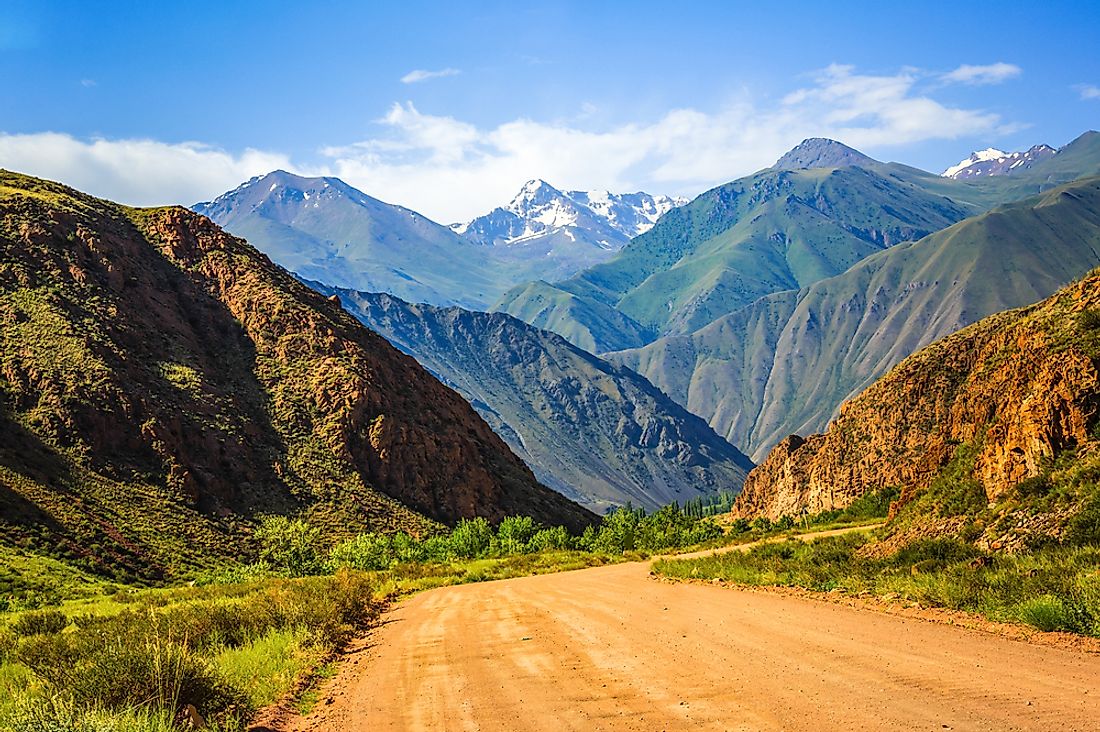What is The Difference Between Topical Prominence and Altitude?

Topography is important in the description of an area. Topography involves the description of shapes and features of the surface of Earth and other observable features including the astronomical objects such as the planet. The topography of an area may also refer to its shape and features themselves or their descriptions. In a narrow sense, topography involves recording the relief or terrain, and identification of the landforms. It is considered to include the landforms in graphic form on a map using several techniques such as contours and relief shading among others techniques.
What Is Elevation?
The elevation is an important component of topography and geographical features. Elevation of a geographical location is the height of such a location above or below a point of reference. It most often is referring to points on the earth surface and should not be confused with altitude which is used for measurement above the surface.
Definition Of Prominence
Prominence is the elevation of the mountain in relation to the terrain encircling it. It characterizes the height of either a mountain or a hill by the vertical height or distance between it and the lowest neighboring terrain. It is also the difference in height between a mountain and the highest saddle which links the summit to the highest terrain. It is, therefore, the lowest height which one is required to descend in order to re-ascend to a higher peak. Unlike the actual elevation of a summit, prominence is the relative elevation of a summit. For example, Hawaii Island’s highest point is the summit of Mauna Kea at an elevation of 13,796 feet. Mauna Loa is the second highest mountain of the island at an elevation of 13,679 feet. The two islands are separated by a saddle which the lowest ridge called Humuula Saddle with an elevation of 6,600. Therefore, the prominence of Mauna Kea would be 13,796 feet while that of Mauna Kea would be 7,079 feet.
Mountaineering
Prominence is an area of interest for most of the mountaineers because it is an objective measurement that correlates with the subjective significance of the summit. Peaks with higher prominence are likely to be the highest points around and are likely to offer incredible views. Summits with a higher degree of prominence are considered as Independent Mountains. For instance, K2 Mountain, the second highest mountain in the world, has an elevation of 28,251 feet and a prominence of 13,179 feet. Mount Everest’s South Summit has an elevation of 28,704 feet and a prominence of 33 feet and is taller than K2. However, it is not considered an independent mountain since it is a sub-summit of the main summit which has a height of 29,035 feet. Prominence, therefore, recognizes the highest summits of major mountain ranges and free-standing peaks. Prominence is independent of a terrain of the landform.
The Types Of Topographic Prominence
Two types of prominence exist, the wet and dry prominence. Wet prominence considers areas of permanent water, snow, and ice features. Dry prominence ignores water bodies, snow, and ice features. Dry prominence assumes that the earth is defined by the solid bottom of those features. Dry and wet prominences are equal unless the summit is the highest point of a landmass or an island. The dry prominence is useful in measuring the submerged seamounts.











